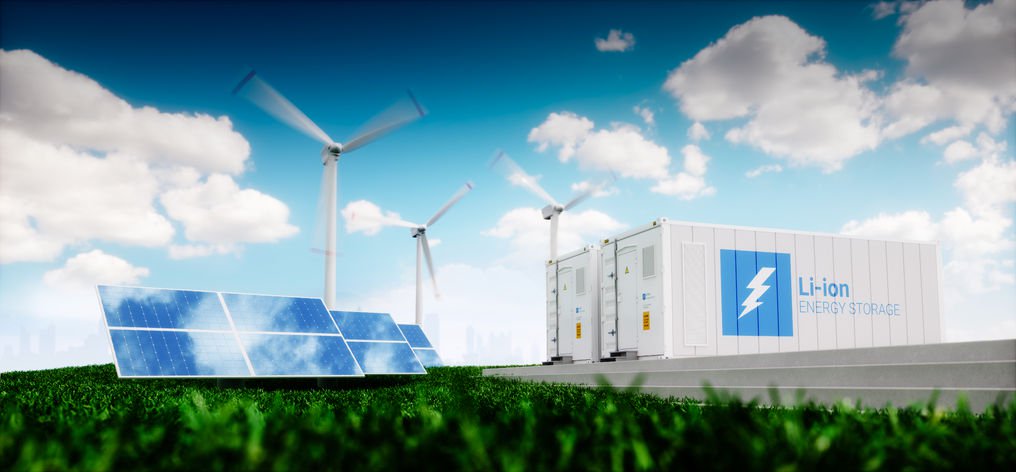The sun provides us generously with more than 5000 times as much energy as we need.
Deserts alone receive solar energy in excess of 450 times our annual usage.
When factoring in wind energy on top of this, we have access to an abundance of renewable energy – much more than humanity will ever be able to use.
At the same time, the cost for solar panels and wind power has reduced so much that renewable energy is in many places cheaper than fossil fuels. So, why don’t we just switch to renewables straight away?

The problem with almost all renewable energy resources is that they are intermittent – the sun doesn’t shine at night and the wind doesn’t always blow when we need energy. As a consequence, it is very challenging to match renewable energy supply and demand. The only solution to this dilemma is to store renewable energy in times of excess and then use it as needed.
Batteries are probably the most versatile and “elegant” form of energy storage. Unfortunately, batteries are still expensive and there are issues in terms of safety, recyclability and toxicity with the commonly used lithium-ion battery technology.
When I talk with government and industry stakeholders about renewable energy solutions, it is always the cost of energy storage that seems to prevent implementation of the technology. However, in all of these calculations, the damage that we do by burning fossil fuels is never factored in.
Global warming is no longer a theoretical concept but something we experience in our everyday lives. What price tag can we put on drought-stricken farms, dying coral reefs and flooded towns? If we factored in the environmental damage of burning coal and oil, battery storage would suddenly look like a bargain.
Read more: Flinders News



